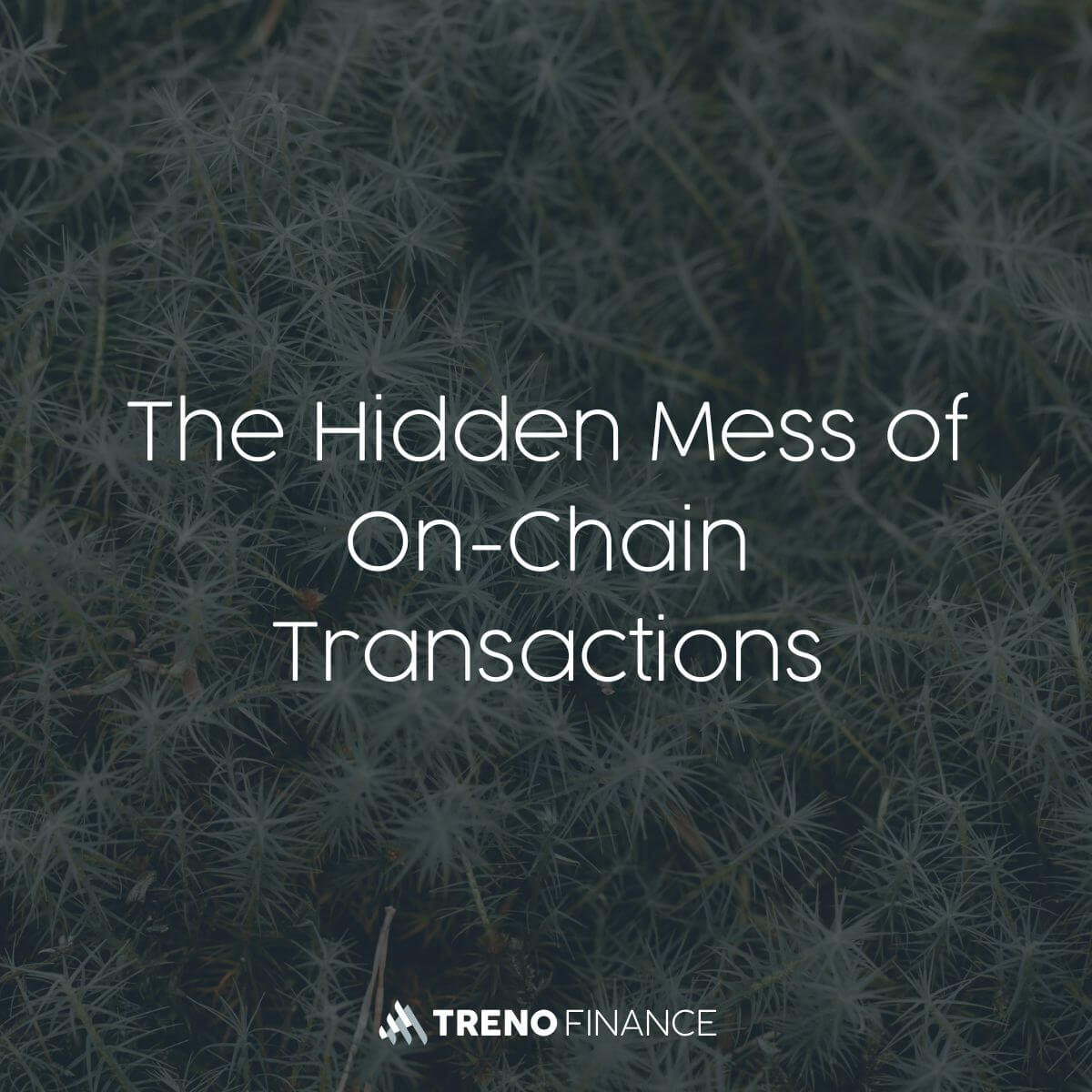When Tokenholders Set the Interest Rate
DeFi stablecoins set interest rates through token votes rather than market pricing; decisions are controlled by large stakeholders who often lack economic expertise or accountability. Rates serve strategic narratives more than sustainable stability, incentivizing short-term capital retention over realistic yields. This creates hidden risks: abrupt governance shifts, liquidity crunches, and systemic instability.
1. Monetary Policy Without Economists
What used to be debated by central bank councils with mandates and models now happens in forums and token votes. The interest rate that moves trillions in traditional markets is set in DeFi by governance, often without economic expertise or accountability.
Stablecoins like DAI or ZCHF are more than digital currencies. They’re components of a parallel financial system, with their own yield curves, credit cycles, and misaligned incentives. And while central banks pursue price stability, DeFi tends to focus on one thing: growth. Fast growth.
Interest in DeFi doesn’t emerge from scarcity, it’s proposed into existence.
Whether a savings rate is realistic or sustainable is rarely questioned. What matters is whether it fits the current strategy, or the narrative on X.
2. How Protocols Invent Their Own Monetary Policy
At the heart of this new monetary system is no mandate, no model, no inflation target, just a parameter in code: the interest rate. In traditional markets, that rate reflects inflation, risk, and macro conditions. In DeFi, it’s often the result of governance votes, usually by those who benefit from them.
What protocols call a “savings rate” functions like a central bank deposit rate: it directs capital. If it's high, capital sticks. If it’s low, it flees or gets deployed elsewhere. But this mechanism isn’t grounded in economic models, it’s driven by incentives and opportunism.
DeFi’s interest rates are not simulated, they’re real. Just without economic grounding.
These rates influence liquidity, behavior, and trust. No press conference, no mandate, just a variable that can be changed at any time. If you control that, you're running monetary policy. Whether you mean to or not.
3. Who Really Decides, and Why That Matters
On paper, DeFi governance looks democratic: one token, one vote. In reality, it’s more like a shareholder meeting, and the biggest bags call the shots.
Veto rights at 2% token ownership are meant to protect the protocol. In practice, they create power centers. Whoever holds enough tokens can block changes or push them through, no debate, no transparency.
Governance isn’t a bug in DeFi, it’s a power structure.
And it works as expected: in the interest of dominant stakeholders. Not to maintain economic stability, but to maximize capital retention, token value, and narrative control.
As long as these powers only affect internal parameters, the risk is manageable. But once governance starts setting interest rates for stablecoins, affecting assets with real-world capital inflows, those decisions become monetary reality. And risk.
4. Why Governance Rates Are Not Market Prices
In traditional markets, interest is a price, formed by supply, demand, risk, and opportunity cost. It conveys information. In DeFi, interest is often a governance tool, not discovered, but decided.
A voted interest rate is not a signal, it’s a strategy.
Protocols raise it to attract capital, lower it to reduce risk. Not because macro conditions demand it, but because it fits the current story. Rate-setting becomes narrative management.
The problem: Investors make real decisions based on a politicized parameter. Capital allocation reflects governance mood, not actual risk. And if the yield comes from reserves or newly minted tokens, it’s not sustainable, it’s subsidized.
As long as demand grows, the illusion holds. But once capital rotates out, that rate reveals itself for what it was: not income. A lure.
5. The Illusion of Stability, When DeFi Becomes a Shadow Central Bank
Many stablecoin protocols present themselves as neutral: community-led, algorithmic, decentralized. In reality, they perform core central bank functions, issuing money, setting rates, managing liquidity. Just without a mandate, oversight, or a safety net.
They act like central banks, but without the tools real central banks use in a crisis.
Rates rise or fall based on tokenholder votes. Not because a model says so, but because a few stakeholders decided it fits. That’s not innovation, it’s monetary experimentation with real capital.
Volatile collateral makes things worse. When ETH or BTC tank, the problem isn’t just technical, it's structural. There’s no lender of last resort, no liquidity backstop. Just liquidations, panic, and discount exits.
What’s left is a dangerous gap: protocols that behave like central banks, but aren't equipped to be one. They shape expectations, but carry no responsibility. A monetary black box, driven by token votes.
6. What This Means for Professional Investors
For asset managers, one question is key: Who controls the capital, and by what logic? In traditional markets, the answer is central banks. In DeFi, it's governance, meaning: whoever holds enough tokens. Participating or dominating is a matter of allocation.
That’s not a footnote. It’s a paradigm shift. Stablecoins aren’t just currencies, they’re embedded in monetary systems. And those systems are young, volatile, and politically driven.
Rates decided by vote are not indicators, they’re moving targets.
A sudden governance change can invalidate entire strategies. No warning, no recourse. Even worse: exit risk. Most governance stablecoins aren’t freely redeemable for fiat, they rely on secondary market liquidity. In a governance or peg crisis, that can vanish fast.
For Treno users, that means: if you hold ZCHF, DAI or similar assets, don't just watch the peg, watch the governance. Real volatility often doesn’t lie in price. It lies in proposals.
7. Conclusion, Between Innovation and Systemic Risk
DeFi isn’t just a tech play. It’s an institutional experiment: rebuilding monetary systems on-chain. Technically, it works. But governance is still the weakest link.
If you set rates, you run monetary policy, whether you want to or not.
Once stablecoins with governance rates enter real portfolios, protocols assume the role of a central bank. Without a mandate. Without a toolkit. Often without knowing it.
For investors, these assets are not neutral currencies. They’re political constructs. What looks like a stable money market today can become a governance conflict tomorrow.
DeFi promises independence. But anyone serious about monetary policy needs more than decentralization. They need responsibility.






